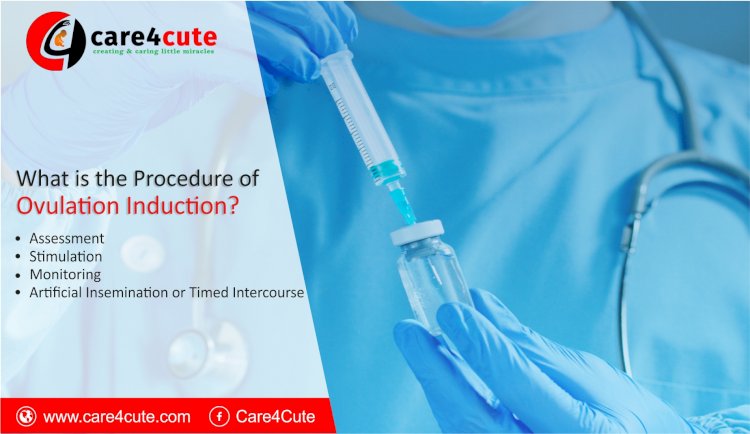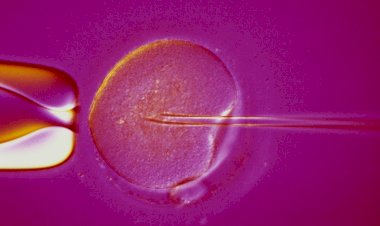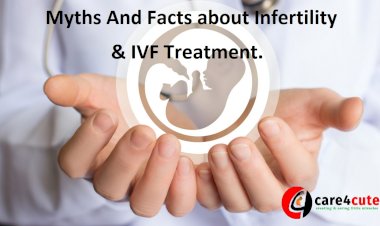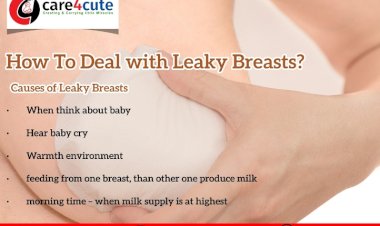Ovulation Induction (OI) Treatment for Infertility
Ovulation induction (OI) is one of the simplest, natural; and least invasive fertility treatments available. Click to learn more about this procedure!

An irregular menstrual cycle makes it difficult for a couple to conceive a baby. If you’ve been trying for a baby with no success, we have good news. Ovulation induction is a treatment that can improve the chances of pregnancy. You can opt for ovulation induction drugs or Ayurvedic medicines for ovulation induction.
What Is Ovulation Induction?
Nearly 40% of infertile women have problems with ovulation. But, there are remedies for this problem. Oral or injectable medications can help to stimulate the development of oocytes or eggs. The goal of ovulation induction is to increase the likelihood of conception by producing multiple eggs. Several forms of fertility treatments also use ovulation induction such as intrauterine insemination (IUI) and In vitro fertilization (IVF).
Who Is Suitable for Ovulation Induction Therapy?
- Ovulation induction is suitable for women who have an absent or irregular ovulation cycle.
- It is the most common treatment for women with PCOS, a condition that interrupts ovulation.
- Women undergoing IVF are also treated with ovulation induction so that multiple eggs can be released for harvest and use in lab fertilization.
- Women who experience unexplained infertility but have a regular ovulation cycle are also treated with ovulation induction to improve their odds of conceiving.
What Is the Procedure of Ovulation Induction?
The ovulation induction procedure has four steps:
1. Assessment
The ovulation cycle is assessed by a fertility specialist using blood tests. Ultrasound scans are used to observe follicle development in the ovaries along with the appearance of the uterine lining and its thickness.
2. Stimulation
Medication is used to stimulate the ovaries to prompt the growth of follicles containing eggs. The specialist decides the most appropriate medication or a combination of it and discusses it with the patient undergoing the treatment.
3. Monitoring
The cycle is monitored closely for follicle development using ultrasound and blood tests. This step is important to lower the chances of multiple pregnancies.
4. Artificial Insemination or Timed Intercourse
As the ovulation day approaches, the specialist performs artificial insemination. This is a relatively simple procedure that involves introducing sperm into the uterus. Alternatively, the couple can have sexual intercourse just before ovulation to maximize the chances of pregnancy.
What Are the Benefits and Side Effects of Ovulation Induction?
Like all procedures, there are benefits and side effects to ovulation induction as well.
Benefits
Ovulation induction, being a non-invasive treatment, is the first option used for the treatment of infertility. It is low-cost as compared to other treatments such as IVF which can burn a hole in your pocket with medication, lab testing, simple procedures and lab work. Ovulation induction can also boost the success rates of treatments such as intrauterine insemination (IUI), IVF, etc.
Risks and Side Effects
It’s also important to know that much time needs to be devoted to the treatment in the form of appointments with the doctor for ovulation induction injections, lab work and maintaining strict schedules to take the medications on time. A major risk of the treatment is Ovarian Hyperstimulation Syndrome (OHSS). OHSS can have mild to severe side effects which usually disappear in a few weeks on their own. These include:
- Nausea
- Bloating
- Loss of breath
- Headache
- Weight gain
- Hot flashes
- Blurry vision
- Tenderness in the pelvic region
Ovulation Induction significantly improves the chances of pregnancy in women experiencing infertility. It also boosts the fertility rate for those couples using IVF and IUI.







































Comments (0)